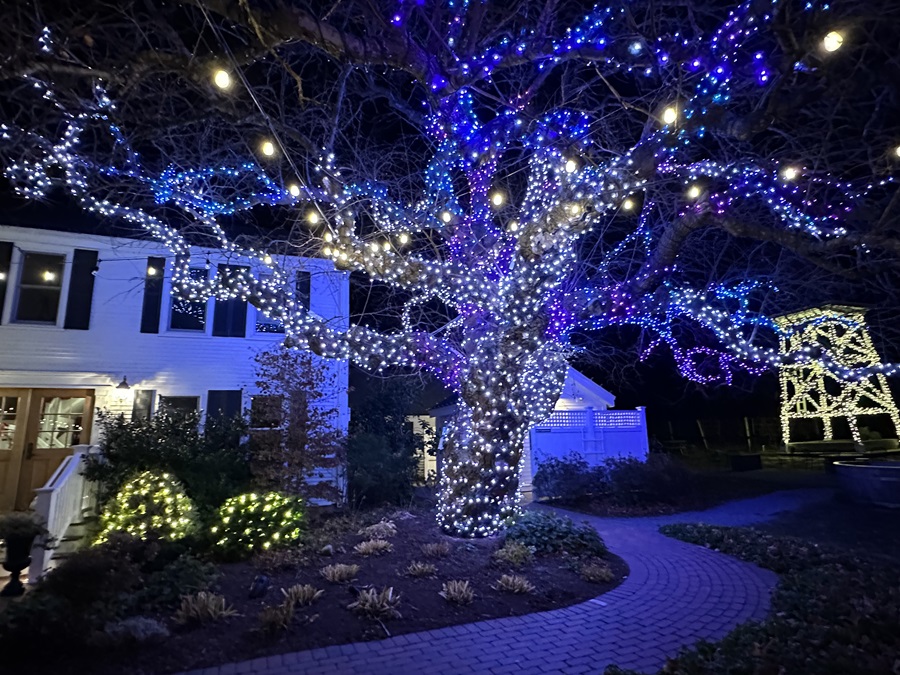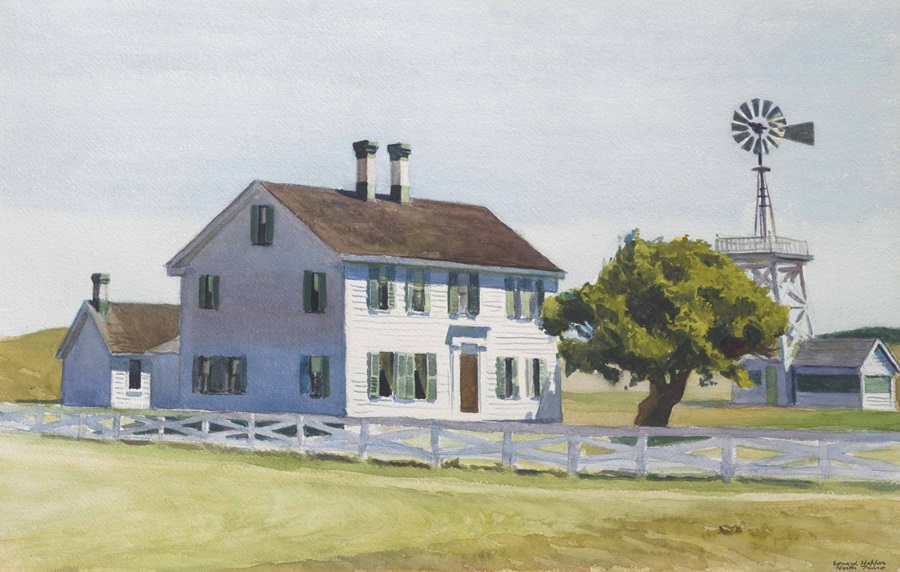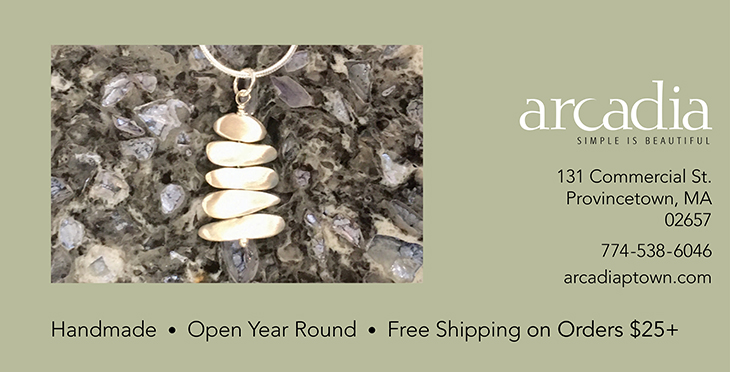TRURO — Planting a tree is an act of hope, a belief in tomorrow, a promise to future generations one will never have the chance to meet. It makes sense, then, when one contemplates a magnificent tree that has defied time — in whose roots, trunk, and branches lives the memory of everyone and everything that has come and gone during its life — to wonder who planted it.
Truro, for a small town thrust out into the Atlantic, has had its share — perhaps more than its share — of sturdy, independent old souls. And the ancient Chinese mulberry tree at Truro Vineyards on Shore Road is no less a sturdy soul in the story of Truro than are its sea captains and fishermen and their families.

Still, on a windswept landscape of scrub pine and oak, an ornamental Chinese white mulberry tree (Morus alba) might seem a bit out of place here. It had become fashionable, though, by the turn of the 19th century, for nurseries along the East Coast to sell mulberry trees for shade, as hedge fences, and as food for the silkworm — the cultivation of which promised to become a domestic industry.
The lore surrounding Truro’s much-admired specimen, which was painted by Edward Hopper in 1930 (Rich’s House sold for just over $3.25 million at auction in 2018), tells of the tree having been carried home by a Truro sea captain. The story is not unlike that of Provincetown’s once majestic willows, said to have been propagated from slips gathered by whaling crews from Napoleon’s grave at St. Helena.
The mariner associated with the mulberry tree was likely Capt. Atkins Hughes (1828-1919), whose clipper ship voyages took him all over the world beginning when he was 18.
The Hughes family in Truro originates with Capt. John Hughes (1751-1799), born on the Isle of Wight, who came to Truro when he was 12. In March 1776, John married Rachel Dyer of Truro. Three of the couple’s sons, Atkins, James, and John, figure in the story of Capt. Atkins Hughes. Their son Atkins was lost at sea in April 1828 aboard the schooner Dart sailing for the Grand Banks. That August, when a son was born to James Hughes and his wife, Jane, they named him Atkins in honor of the lost brother. It was this Atkins Hughes who would grow up to captain clipper ships. And, maybe, to bring home a mulberry tree.
The Hughes family would suffer other losses. Patriarch John Hughes drowned with three others in the bay off Truro in 1799. And James Hughes Jr., the brother of Capt. Atkins Hughes, was lost aboard the bark Pauline in 1846.
In March 1850, Atkins Hughes married Betsy L. Paine with whom he had seven children, all girls. It was said that as each daughter was married, Capt. Hughes purchased a home for the newlyweds. When first-born daughter Amelia married Michael Atkins Rich in 1876, the couple was given the home where the mulberry tree now thrives.

A Massachusetts Historical Commission survey done in 1986 notes that the original owner of the house may have been farmer John Hughes, son of John and Rachel and the brother of James and the lost Atkins. This would make the original owner Capt. Atkins Hughes’s uncle.
In 1813, farmer John Hughes married Hannah Paine, at which time the Federal style house may have been built. John died in 1865, and when Hannah died in 1874, the house may have been purchased by Capt. Atkins Hughes, two years before Amelia and Michael were married.
Michael Atkins Rich was born Alvin Waterman Rich in 1849, but his name was changed several years later to Michael after his older brother Michael was lost at sea in 1851 in the Bay of Chaleurs — yet another youth of Truro who, in the words of town historian Shebnah Rich, “have made their graves in ocean depths, or in distant lands, without stone or cross, or sign, scattered world-wide, and that cannot be gathered by mortal hands.”
Capt. Atkins Hughes retired from the sea in 1880. It certainly could be that on one of his last voyages he brought the mulberry tree back to Truro, where he might have planted it, perhaps as a wedding gift, in the yard of his daughter’s home — though there is no record of the mulberry tree being planted for that occasion. But neither is there any record of it having been planted earlier.
After his retirement, Capt. Hughes built an impressive home on present-day Hughes Road, a home he lived in until his death in 1919. A pioneer in the weir fishing industry and elected to serve in the Massachusetts legislature, Capt. Atkins Hughes became one of Truro’s most prosperous, prominent, and respected residents. His obituary noted that he would long be remembered for his “many acts of unostentatious generosity to his neighbors.”
We may never know for certain the history of the ancient white mulberry, whether it traveled to Truro on board a clipper ship or whether it was sold by a nursery during the silkworm heyday. Its hidden history is what genealogists call a “brick wall,” a tough research problem that yields no certainty. Perhaps deep in an archive there lies an answer waiting to be found. Or maybe the mulberry’s romantic legend, the tradition, will have to be enough.
One thing is certain: the tree is now an integral part of Truro’s cultural heritage, beloved and cared for. Whoever planted it fulfilled the hope of all trees: that belief in tomorrow and future generations.



